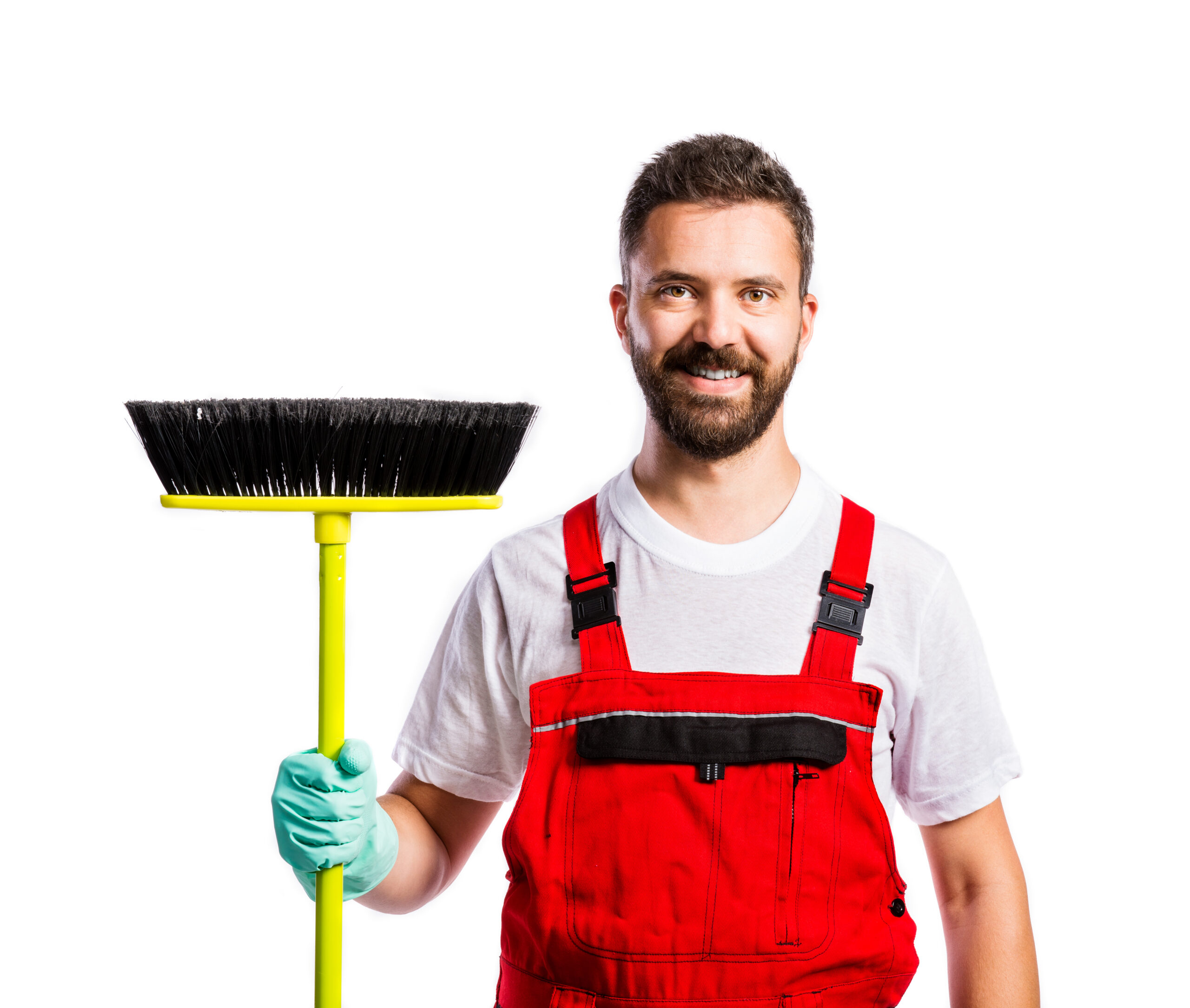Cleaning can be challenging for people with disabilities, but it is essential to maintain a clean and healthy living space. In this blog post, we will discuss tips and tricks for accessible cleaning, adaptive equipment for cleaning, and how to maintain a healthy home environment.
Introduction to Cleaning for People with Disabilities
People with disabilities may have specific needs when it comes to cleaning their homes. They may require adapted equipment or different techniques to complete tasks that able-bodied individuals take for granted. It’s crucial to consider these needs and make adjustments accordingly to ensure a safe and efficient cleaning process.
Tips and Tricks for Accessible Cleaning
Here are some tips and tricks for accessible cleaning:
1. Use ergonomic tools: Ergonomic cleaning tools can help reduce strain on the body and make cleaning easier. Look for tools that are lightweight and easy to maneuver.
2. Adapt your approach: If you have limited mobility, consider modifying your cleaning routine to accommodate your abilities. For example, use a long-handled dustpan instead of bending down to pick up debris.
3. Take breaks: Cleaning can be tiring, so take frequent breaks to avoid fatigue and injury.
4. Use natural products: Opt for natural cleaning products that are less harsh on the skin and respiratory system.
5. Clear clutter regularly: Clutter can make cleaning more difficult, so try to keep surfaces clear and organized.
Adaptive Equipment for Cleaning
There are many types of adaptive equipment available for cleaning that can make the task easier and safer for people with disabilities. Here are some examples:
1. Reachers: Reachers are toolsthat allow users to grab objects without having to bend over or stretch too far.
2. Long-handled brushes and dustpans: These tools make it easier to clean hard-to-reach areas without having to stand on a ladder or step stool.
3. Telescoping wands: Telescoping wands can be attached to vacuums or mops to extend reach and make cleaning higher surfaces easier.
4. Handheld showerheads: Handheld showerheads make it easier to bathe without having to stand in a slippery tub.
Maintaining a Healthy Home Environment
Keeping a clean and healthy home environment is important for everyone, especially those with disabilities who may be more susceptible to illnesses. Here are some tips for maintaining a healthy home environment:
1. Regularly clean surfaces: Wipe down countertops, doorknobs, and other frequently touched surfaces with disinfectant to prevent the spread of germs.
2. Vacuum often: Vacuuming can help remove allergens and dust from carpeted areas.
3. Keep air quality high: Use an air purifier or open windows to improve indoor air quality.
4. Eliminate clutter: Clutter can attract pests and create fire hazards, so try to keep spaces tidy.
Conclusion
Cleaning can be challenging for people with disabilities, but it is possible to maintain a clean and healthy living space with the right tools and techniques. By following our tips and tricks for accessible cleaning, using adaptive equipment, and keeping a healthy home environment, people with disabilities can enjoy a cleaner and safer living space.


